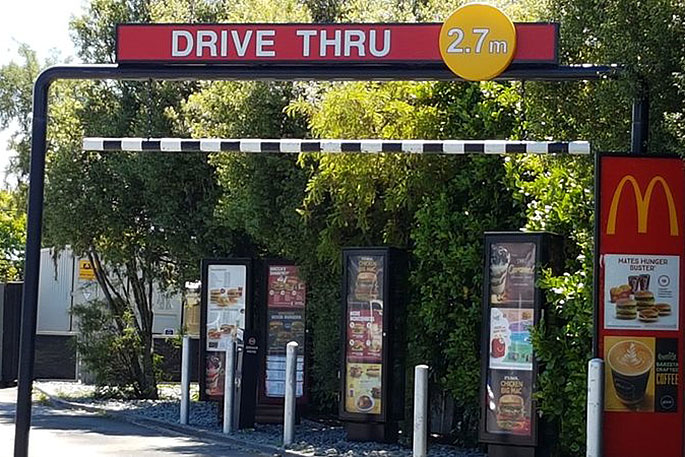New Zealanders are spending relatively more on takeaways and restaurant meals, and less on fruit and vegetables than three years ago, says Stats NZ.
Every three years, Stats NZ calculates how much the average New Zealander spends on various foods, and those shifts in food preferences and prices are reflected in the monthly food inflation measure.
Over a quarter (27 per cent) of the food budget is spent on restaurants and ready-to-eat meals, including things like burgers and takeaway coffee. This share is up slightly from 26 per cent in 2017.
In contrast, the share of spending on fruit and vegetables has fallen slightly to 13 per cent of the food basket compared with 15 per cent in 2017.
'In the past three years, changes in prices and consumer spending patterns have led to less spending on fruit and vegetables," says prices senior manager Aaron Beck.
"This is mainly driven by a fall in spending on vegetables."
Those living in the Auckland region spend the highest proportion of their food budget on restaurants meals and takeaways (32 per cent), compared with the New Zealand average of 27 per cent.
Outside the main centres, households spend less than the national average on restaurant meals and takeaways, at 22 per cent of their food budget.
'In 2000, the average Kiwi household spent about a fifth (22 per cent) of its food budget on restaurant meals and takeaways, but that has risen steadily to more than a quarter (27 per cent) in 2020."
Conversely, average spending on grocery food and non-alcoholic beverages has fallen from 50 per cent in 2000 to 44 per cent in 2020.
While expenditure on fresh fruit and vegetables decreased since the last review of FPI weights in 2017, it is about the same as it was in 2000.



0 comments
Leave a Comment
You must be logged in to make a comment.